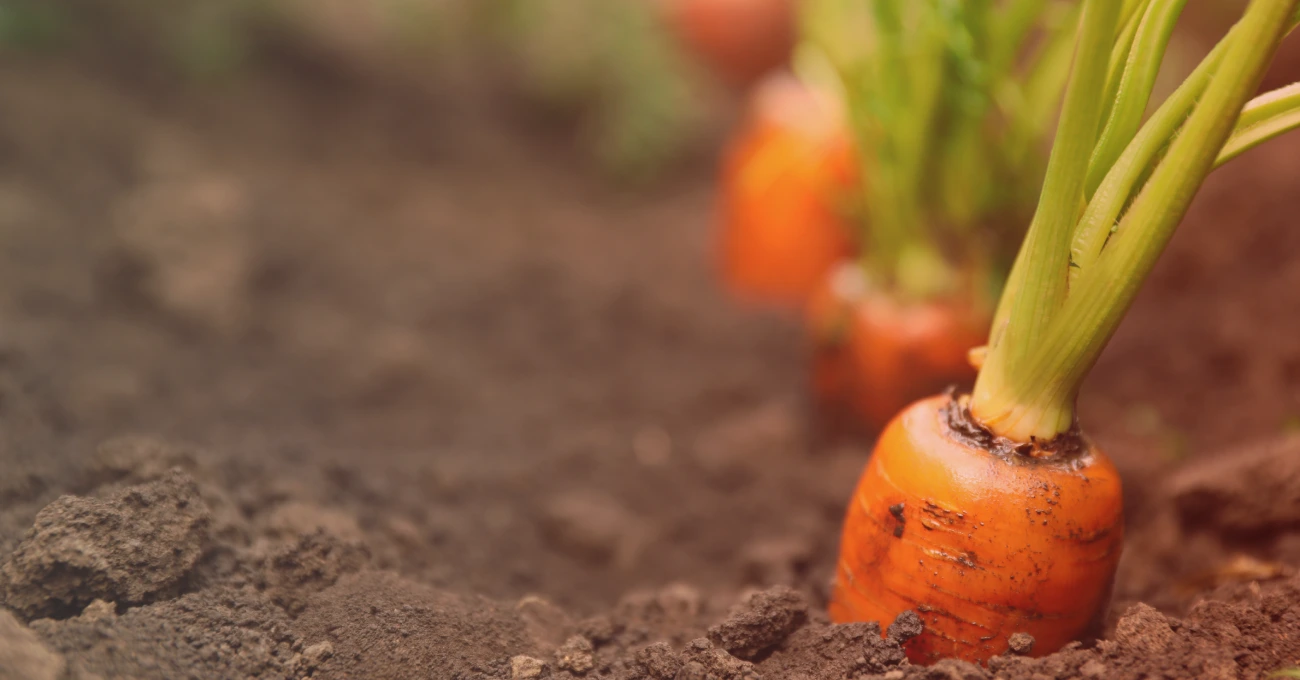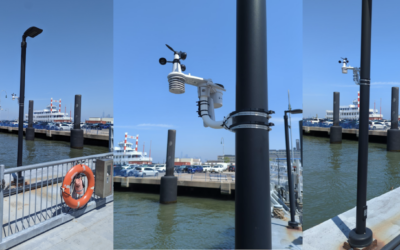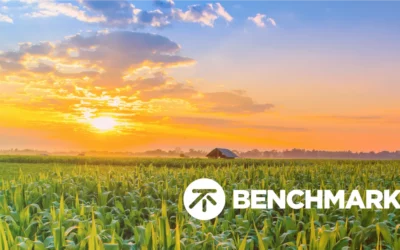Advantages and Disadvantages of Conservation Tillage Methods
The plow has been around for almost as long as agriculture has existed. Ancient soil preparation methods have served humanity well for ten thousand years. However, modern intensive farming methods threaten soil quality and fertility, and it seems that farming may have moved away from the more sustainable practices of our ancestors, heading towards a potential crisis.
However, new research into more conservative tillage methods is shining a light on the benefits of sustainable farming. Along with modern smart technologies, simple adjustments in tillage practices may offer a solution to contemporary agriculture’s unsustainable and expensive nature.
Conservation tillage
Tillage describes a diverse set of practices focusing on conditioning the topsoil by mechanically preparing it for crop planting and after harvest. Traditionally, this can be done by way of digging, harrowing, or plowing.
With the increasing need for sustainable farming practices, research has begun to explore means of tilling that help enhance soil quality and protect it from runoff and reduce the need for irrigation and keep pests at bay without the use of additional chemical fertilizers or pesticides. These practices, when implemented correctly, are known as conservation tillage.
The goals of conservation tillage are to use previous crop residues to recycle nutrients and improve the quality and properties of the topsoil, ultimately creating more sustainable farming practices and saving resources.
Conservation tillage vs. conventional farming
Conventional processes of tilling usually involve turning over the top layers of soil, mixing in and damaging pests and the rhizomes of weeds, and exposing them to weathering by way of control. This also increases the aeration and rates of decomposition of organic matter in the soil.
The negative effects of conventional tilling methods tend to relate to a decrease in the nutrient content of the soil and an increase in soil erosion. Organic matter, concentrated by these methods in the exposed topsoil, is weathered away as runoff over time. Subsequently, additional natural or chemical fertilizers are needed to preserve the fertility of the soil.
In contrast, conservation tillage may be as simple as adopting no-tillage practices or incorporating more organic matter from previous crop residues into the soil. By some definitions, any shallow or non-intensive tilling process that leaves more than 30% crop residue incorporated back into the soil is considered a form of conservation tillage.
These practices disturb the soil less and are thus less disruptive to properties such as humidity and microbial activity.
As a result, there is a reduced loss of or even an increase in nutrient density in the soil. Soil erosion is also reduced. Increased humidity and reduced erosion create better conditions for plant growth, and some conservation tillage methods also save on labor costs due to lower maintenance requirements.
In essence, conservation tillage reduces soil erosion, therefore conserving soil. There are a few ways to accomplish this.
Types of conservation tillage and their benefits
Conservation tillage methods are usually either minimum-till – meaning little to no modification of the topsoil before planting – or specialized till, in which the soil is modified in a particular way. Under these two categories, the three main methods of conservation tillage are no-till, mulch till, and ridge-till:
• No-Till involves planting in a narrow seedbed and following up with a special wheel that presses seeds into the soil. Other than this intervention, the soil is left entirely undisturbed between harvesting and planting.
• Mulch-Till methods till the soil without turning it, similar to conventional tilling methods. It’s a rough and superficial tilling method that leaves soil more intact and less prone to erosion. It also incorporates last season’s crop residues back into the soil, increasing nutrient content and humidity and reducing evaporation loss.
• Ridge-Till is another approach that leaves the soil mostly undisturbed. The seedbed is created as a mound or ridge with specific tilling tools during the previous crop’s cultivation. This method reduces runoff and increases soil temperature for the germinating seeds.
Disadvantages of conservation tillage
Results of conservation tillage take a while to emerge. This delay can result in uncertainty around the methods used and push farmers to switch back to older methods. With conservation tillage, certain agricultural fundamentals that have become less common need to be considered again. Due to the reduced effect of pest control, crop rotation and variety management are more important.
Some conservation tillage methods require specialized tools, which are an expensive investment, and contribute to the long return.
With some no-till methods, the decrease in soil temperature has been suggested to cause low yields, meaning that certain tillage methods are unsuitable for certain conditions or crops.
However, in general, conservation tillage shows promise in the space, and with proper monitoring of local conditions, tillage methods can boost production while decreasing the impact on soil. Success with these practices simply relies on knowing how different conditions require different methods.
Adopting conservation tillage
Many conservation tillage disadvantages typically relate to specific conditions or qualities of the weather, the specific crop, or the style of farming. Because of this, it can be helpful to consider which factors specifically affect the success of conservation tillage practices.
• Drought
Areas with a high level of drought benefit from implementing conservation tillage practices because untitled soil tends to suffer from less evaporation.
• Rainfall
Heavy rainfall can impact runoff and soil loss and may affect which method is more suitable. Ridge-till, for example, might be a better choice for preserving soil integrity and nutrient content in areas with heavy rainfall, especially when combined with crop residue return.
• Temperature
Crop residue return has been shown to affect soil temperatures, typically reducing by a few degrees. Therefore, local seasonal variations in temperature and overall average soil temperatures should be considered. No-till may favor plants with lower temperature requirements or regions with particularly high average soil temperatures.
• Soil Fertility
Low-nutrient soil benefits greatly from incorporating crop residues that come with conservation tillage practices. Preserving soil fertility is of particular interest to organic farmers due to the increase in microbial activity and natural fertilization processes.
Many factors that affect the success of conservation tillage revolve around local climate and soil or weather conditions. As such, detailed monitoring of these conditions can maximize the effectiveness of any of the conservation tillage methods listed above.
Conclusion
While the conservation tillage disadvantages are generally few, they are important to consider. Reduced yield due to poorly-implemented tillage practices can be a significant deterrent to adopting them and the initial investment in equipment changeover. As such, it’s important to understand the need to monitor and assert the conditions of the substrate before adopting new tillage methods.
However, with correct and informed implementation, conservation tillage can save countless labor hours, improve soil condition, boost fertility, and reduce the need for chemical fertilizers and pesticides. These methods can be of particular interest to organic farmers, whose soil fertility can rely more heavily on incorporating crop residues from the previous season.
With modern advancements in monitoring technology and robust scientific comparisons of the effects of conservation tillage, contemporary tillage methods are quickly outperforming age-old practices and providing a sustainable alternative at a time of critical need.
—
If you would like to learn more about Benchmark Labs from our team and sign up for a trial, go to our sign-up page.
Recent Posts
Revolutionizing Offshore Wind Farm Installation and O&M with Benchmark Labs
Offshore wind farms demand precise weather information to perform installation, and operations and maintenance activities, as they are vulnerable to atmospheric and ocean conditions. Therefore, accurate weather forecasts are crucial for safe, complex operations. Why...
Benchmark Labs and Seeed Studio’s Collaboration: A New Era of Offshore Vessel Safety
At Benchmark Labs, we're dedicated to pushing the boundaries of weather forecasting through the power of AI and machine learning. Our mission is to provide hyperlocal, point-specific forecasts that empower industries to make informed decisions and operate safely, no...
Benchmark Labs Launches In-Situ Evapotranspiration Forecasts
Benchmark Labs the leading provider of AI & IoT-driven weather forecasting solutions for the agriculture, energy, and insurance sectors is pleased to announce the global launch of their in-situ evapotranspiration forecasting technology. We previously talked about...




